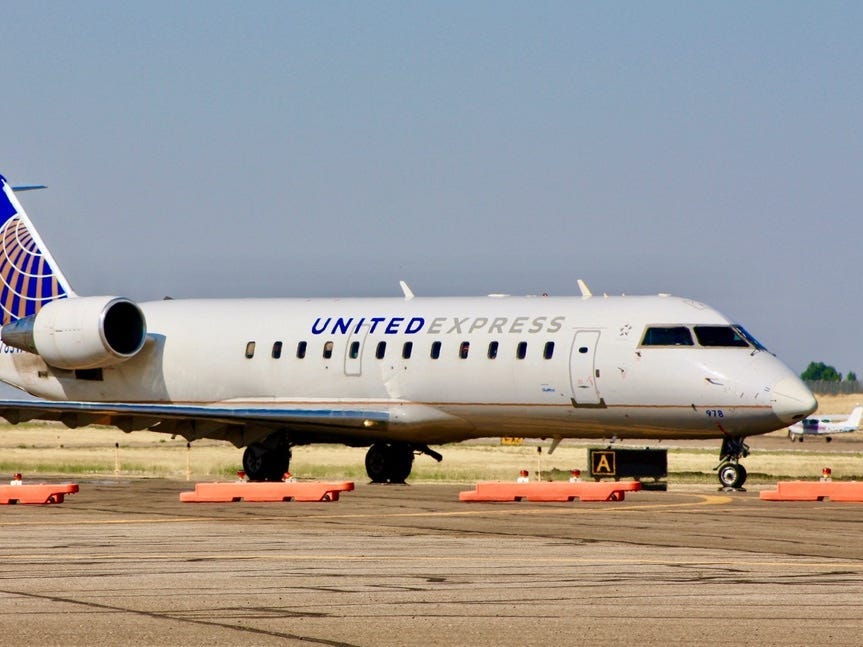
- Small cities are losing air service, with some having just one option to connect to the country's national air network.
- Travel industry analyst Henry Harteveldt says demand and profitability are the main factors driving the issue.
- The Southwest Effect and rural depopulation also contributed, according to industry expert Richard Aboulafia.
With United Airlines' planned exit from 11 airports across the US, many small communities are at risk of losing air service to the rest of the country.
United Airlines announced on Tuesday that it is ending operations at 11 small markets indefinitely from its hubs in Chicago, Denver, and Houston. With United's departure, most of the cities lost half of their options for air travel, with American or Delta being the sole operator in some towns, like Killeen, Texas, and Twin Falls, Idaho.
According to Henry Harteveldt, president and travel industry analyst of Atmosphere Research Group, these small markets have low demand and are expensive to operate to, meaning they are simply unsustainable.
"United has a unique situation going on because they said they are going to be cutting the number of 50-seater aircraft that they operate because they are less fuel-efficient, less cost-efficient, and passengers just don't like them," told Insider. "It is those 50-seat airplanes that, in many cases, were being flown in and out of these smaller cities, so you can draw a line from the cause of reducing the number of those aircraft in your fleet to the effect of how many small cities you serve as an airline."
Harteveldt also explained that the pandemic only made it worse. He emphasized that when airlines are looking for routes, they are analyzing what is best for their business, and, unfortunately, small communities become a casualty.
"As hard as it is for the people that live in these small towns to lose airline service, it is an unfortunate reality that airlines are not just going to serve a city out of civic responsibility," he said. "In the wake of the most financially brutal 18 months that the global airline industry has experienced due to the COVID pandemic, airlines are going to seek out markets that they believe will give them an advantage, but if a city isn't profitable, they will cut it."
Richard Aboulafia of the Teal Group explained that the "Southwest Effect" also had an impact on the demand in these small cities. According to Travel Weekly, the Department of Transport coined the term in 1993 to describe a drop in fares and increase in passenger volume when Southwest Airlines entered a market.
"You had all of these airports that were more suburban, rather than urban, that were suddenly much cheaper," Aboulafia said. "You look at a lot of these routes and they're within a two or three-hour drive of a Southwest airport, so it would make sense to drive to that Southwest airport instead."
Aboulafia also emphasized that the number of passengers flown is not enough to offset the high expense of flight crews, airport fees, and taxes spent by the carrier to operate the regional routes. Moreover, he explained depopulation in rural areas like West Virginia and Montana is contributing to the low demand.
While many towns are getting left in the dust, the government has set up a subsidy called the Essential Air Service program that can protect some of these communities. EAS was created after the 1978 Airline Deregulation Act and ensures small airports do not lose airline service to the national air network by paying carriers to operate the routes, according to the DOT. Two cities dropped by United — Pierre and Watertown in South Dakota — are among the airports on the EAS list.